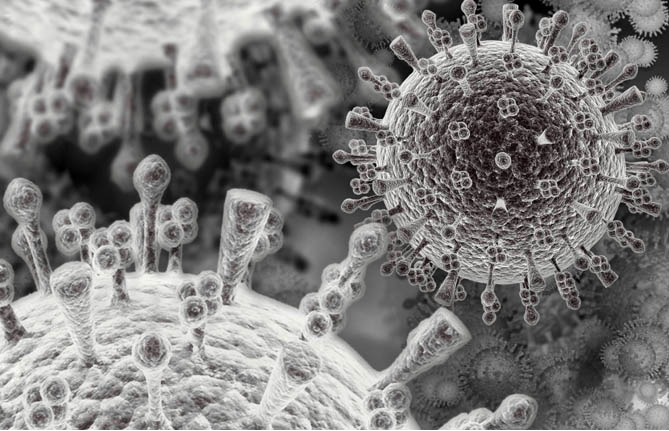Contagion
Contagion, the Steven Soderberg film about a lethal virus that goes pandemic, succeeds well as a movie and very well as a warning. The movie is particularly good at explaining the science of contagion: how a virus can spread from hand to cup to lip, from Kowloon to Minneapolis to Calcutta, within a matter of days.
One of the few silver linings from the 9/11 and anthrax attacks is that we have invested some $50 billion in preparing for bio-terrorism. The headline project, Project Bioshield, was supposed to produce vaccines and treatments for anthrax, botulinum toxin, Ebola, and plague but that has not gone well. An unintended consequence of greater fear of bio-terrorism, however, has been a significant improvement in our ability to deal with natural attacks. In Contagion a U.S. general asks Dr. Ellis Cheever (Laurence Fishburne) of the CDC whether they could be looking at a weaponized agent. Cheever responds:
Someone doesn’t has to weaponize the bird flu. The birds are doing that.
That is exactly right. Fortunately, under the umbrella of bio-terrorism, we have invested in the public health system by building more bio-safety level 3 and 4 laboratories including the latest BSL3 at George Mason University, we have expanded the CDC and built up epidemic centers at the WHO and elsewhere and we have improved some local public health centers. Most importantly, a network of experts at the department of defense, the CDC, universities and private firms has been created. All of this has increased the speed at which we can respond to a natural or unnatural pandemic.

In 2009, as H1N1 was spreading rapidly, the Pentagon’s Defense Threat Reduction Agency asked Professor Ian Lipkin, the director of the Center for Infection and Immunity at Columbia University’s Mailman School of Public Health, to sequence the virus. Working non-stop and updating other geneticists hourly, Lipkin and his team were able to sequence the virus in 31 hours. (Professor Ian Sussman, played in the movie by Elliott Gould, is based on Lipkin.) As the movie explains, however, sequencing a virus is only the first step to developing a drug or vaccine and the latter steps are more difficult and more filled with paperwork and delay. In the case of H1N1 it took months to even get going on animal studies, in part because of the massive amount of paperwork that is required to work on animals. (Contagion also hints at the problems of bureaucracy which are notably solved in the movie by bravely ignoring the law.)
It’s common to hear today that the dangers of avian flu were exaggerated. I think that is a mistake. Keep in mind that H1N1 infected 15 to 30 percent of the U.S. population (including one of my sons). Fortunately, the death rate for H1N1 was much lower than feared. In contrast, H5N1 has killed more than half the people who have contracted it. Fortunately, the transmission rate for H5N1 was much lower than feared. In other words, we have been lucky not virtuous.
We are not wired to rationally prepare for small probability events, even when such events can be devastating on a world-wide scale. Contagion reminds us, visually and emotionally, that the most dangerous bird may be the black swan.